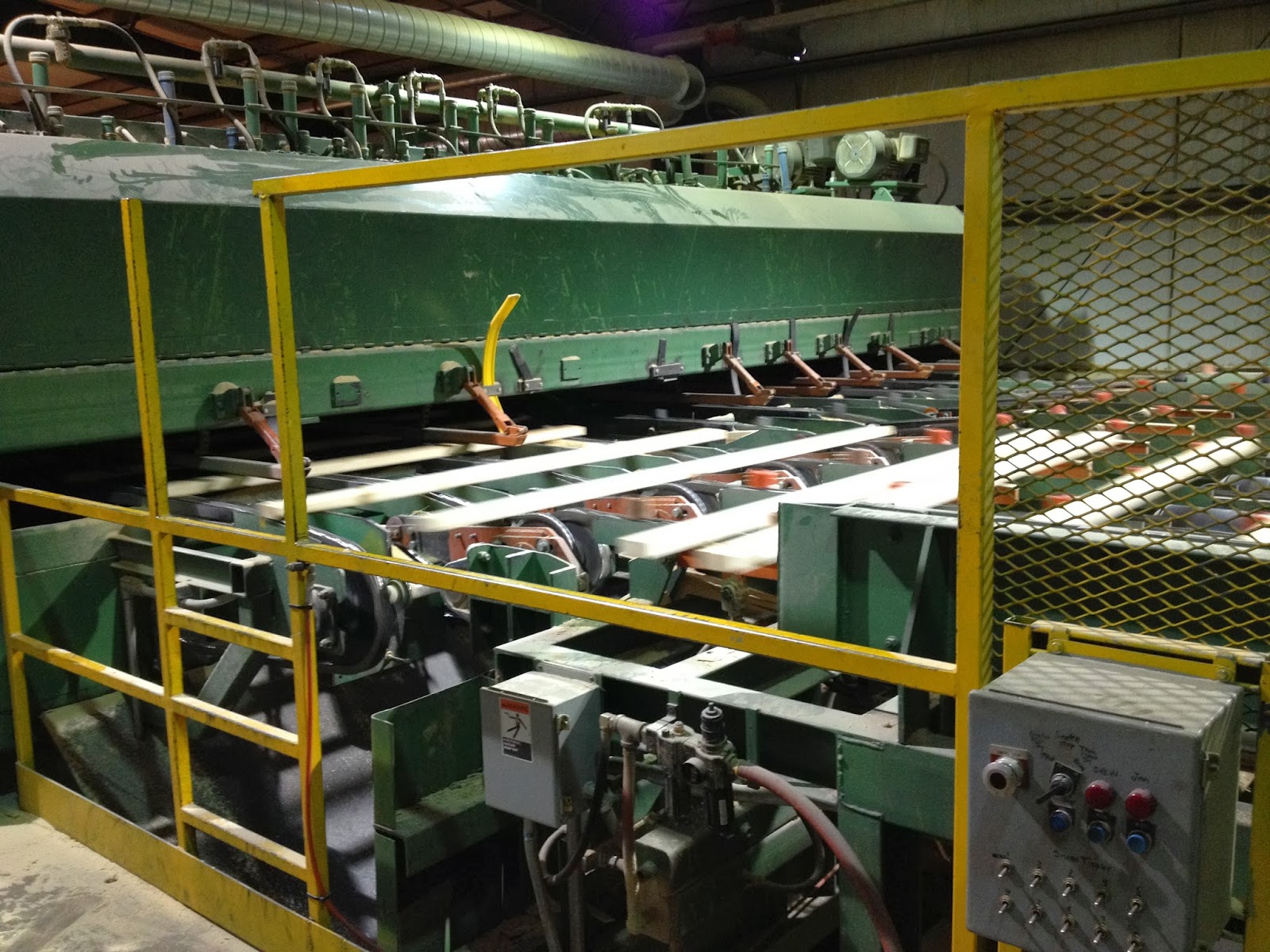It seems the middle of winter is an excellent time to think about the coming spring.
Paul, our neighbor from across the road, has a new tractor to play on and I contracted with Paul to keep my driveway clean. Since we have had a dry January, until yesterday, this is the first time in three weeks that it needed to be plowed. Donna and I have used our shovels on the driveway the first two storms in December but I kept thinking about newspaper articles I've read stating so and so died of a heart attack a hour after clearing his driveway...so I'll error on the side of safety.
With a cleared driveway it's a little easier for the deer to find the scraps of food that I have thrown out to them. The other day I found that one of our bananas had gone very brown so I tossed it out to see if they would eat it...they did, skin and all. The deer do turn their noses up at orange peels at first...but it too is eventually gone in a matter of a short time. This is not the rare "spotted white-tail"...it is snowing.
Off to Colville Donna and I head to stop and check on our friends Chris and Lori who own Hedricks Floral Greenhouse and Nursery. Chis told me last month to stop by near the end of January and we could tour his seeding area. Chris has already started seeding hot peppers and a number of flowers for springtime.
Heating coils run underneath the soil and damp newspapers are covering the young plants. Chris said that at this stage the plants get 70% of water through leaves...hence the damp newspaper.
Chris is showing me the delicate root system of the geraniums in this flat.
Chris has two growing rooms that can handle hundreds of flats and each flat has the capacity to propagate approximately 150 individual plants. I was offered to come in after Valentines day and "get my hands dirty" just for the knowledge...I will accept. As a bonus, Chris is an avid fly fisherman and fly tier and this is definitely on my "to-do" list come spring, the fly fishing... not tying.
This handy hook and heavy plastic attached to a 2X4 piece of wood is used to cover or uncover the young seedlings. The plants are only watered with very warm water. Chris said if he used cold water it would then take 5 hours for the soil to come back to the proper temperature.
The automatic seeder was old when Chris and Lori bought the property in the late 80's but it still works great. The mat has very small holes and a vacuum pump is pulling the air down so the seeds are all sucked into place.
A flat with soil is inserted below the box and the top piece with the seeds is then flipped over while at the same time reversing the pump so it now blows the seeds down onto the flat, exactly where they need to be.
In a couple of weeks the seeds sprout and each flat is marked with species type and date to germination.
I'm looking forward to helping out and at the same time learning all I can absorb about gardening and fly fishing in Northeastern Washington.






















































